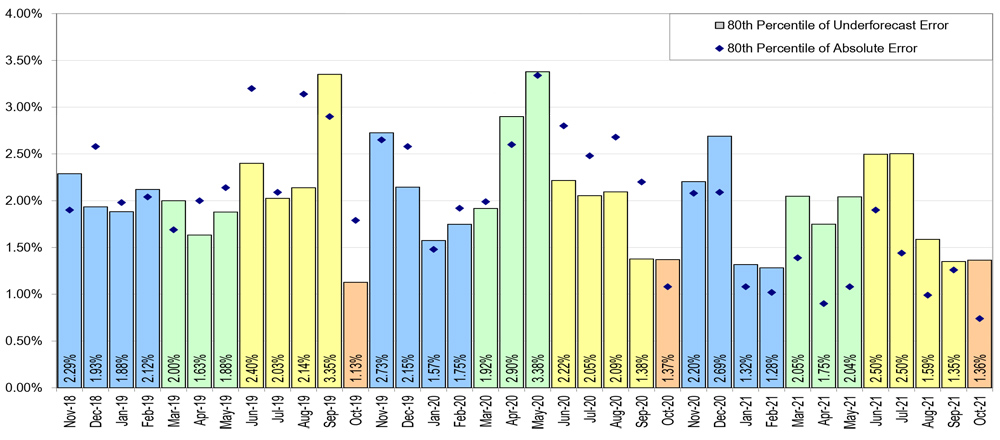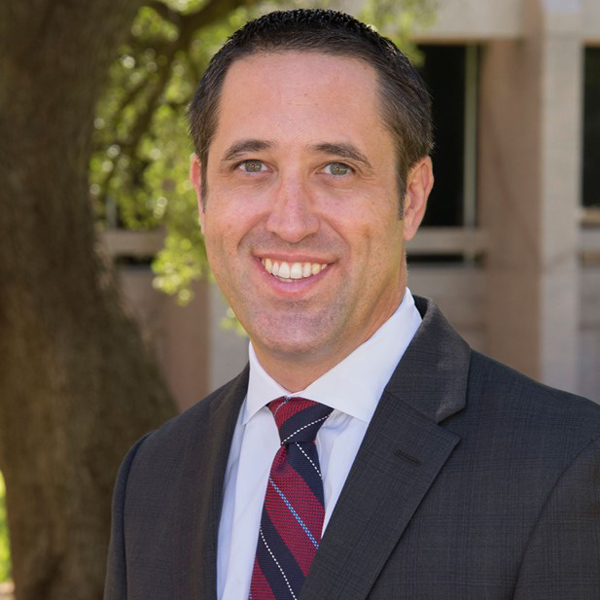Despite Gov. Phil Murphy’s (D) narrow margin of victory in last week’s gubernatorial race, environmental and business advocates believe his sweeping clean energy initiatives will advance as planned through his second term.
Murphy squeaked back into office with a margin of 2.6 percentage points more than Republican challenger Jack Ciattarelli, who has not conceded. Democrats’ grip on the legislature eased somewhat, emerging with 23 out of 40 senate seats with two still to be decided, compared to 25 in the current session. The party now holds 43 of 80 seats in the General Assembly, with nine seats still to be decided, compared to its current 52.
To add to Democrats’ woes, Senate President Stephen Sweeney lost his re-election bid to a truck driver Edward Durr, who has never held elected office. Sweeney, a former ironworker and union business manager who led the Senate for 12 years, is a supporter of Murphy’s offshore wind initiatives and the New Jersey Wind Port, which is sited in his legislative district.
Those losses aside, the Democrats will continue to hold all three levers of power. And environmentalists say they expect the main planks of Murphy’s climate change policy — his commitments to advance solar energy, champion the offshore wind sector and heavily promote the uptake of electric vehicles — to continue.
One reason is that environmental issues were not a central part of the election, said Doug O’Malley, director of Environment New Jersey.
“I think [the] results speak more broadly to national trends and some lingering conservative anger on a set of economic and pandemic issues,” O’Malley said. “But they’re not a repudiation of the environment.”
In fact, one of the Democratic bright spots on election night was the victory of Assemblyman Andrew Zwicker, a vigorously pro-environment legislator who won a Senate seat in a formerly Republican stronghold that was redistricted, O’Malley said.
Jeff Tittel, former head of the Sierra Club in New Jersey, also is not concerned that the governor’s climate change initiatives will slow down.
“Nothing’s going to really change,” he said. “The laws have been set. The money’s going out. The programs are being approved.” The impetus for those initiatives comes from the New Jersey Board of Public Utilities (BPU) and the New Jersey Economic Development Authority, where Murphy appoints the key players and his sway is unchanged by the election outcome, Tittel said.
Raymond Cantor, vice president of government affairs for the New Jersey Business and Industry Association (NJBIA), one of the state’s largest business trade groups that disagrees with some of Murphy’s clean energy initiatives, said a win is enough for him to hold his course.
“He’s the governor,” said Cantor, whose organization believes the state should go more slowly on some of the initiatives. “He doesn’t need to have a large margin of victory to exercise his executive powers. So, we’re assuming he’s going to move forward with his plans.”
First-term Energy Initiatives
In his first term, Murphy placed a high priority on environmental issues, and called for the state to reach 100% clean energy and reduce 80% of 2006 emissions by 2050. He put the state back into the Regional Greenhouse Gas Initiative after his predecessor, Republican Chris Christie, pulled the state out of the initiative. (See NJ Senate Ushers in Revamped Nuclear Bailout Bill.)
Working with the legislature, Murphy also created a master plan that set aggressive targets for clean energy and jump-started the state’s offshore wind program that had been slow-walking for years. The state has now approved three offshore wind projects totaling 3,758 MW of power that are expected to be operating by 2029. The state expects to bring the total of approved projects to 7,500 MW in three more rounds of awards.
Murphy shrunk the incentives in the state’s Solar Renewable Energy Certificate (SREC) program, which some analysts considered overly generous and burdensome to ratepayers. It was replaced with the Successor Solar Incentive Program, which paid about half the SREC value. (See NJ Sees Solar Growth in Reduced Incentives.)
Murphy also placed a high priority on putting more electric vehicles on New Jersey roads, creating incentive programs to encourage private and government EV purchases and the installation of chargers to overcome the so called “range fear” that there are too few chargers available to recharge vehicles.
The state wants 330,000 more registered light-duty EVs on state by roads by 2025, and the master plan assumes that 75% of medium-duty trucks and 50% of heavy-duty trucks will be electric by 2050. To move the state toward that goal, the state Department of Environmental Protection is moving towards the adoption of rules from California – Advanced Clean Trucks regulation – that would require truck manufacturers to make EV trucks an increasing proportion of their sales in New Jersey. (See NJ Electric Truck Rules Face Many Questions).
For all that, the environment, and climate change, did not feature much in the election, prompting one news outlet to run a story under the headline “Climate change: An urgent issue that figures little in NJ governor’s election.”
Murphy’s opponent, Ciattarelli, is not a climate-change denier, and his platform called for the state to “minimize pollutants and carbon emissions, reduce dependence on fossil fuels and ultimately transition to cleaner, renewable energy sources.” But on the campaign trail, he criticized Murphy for moving too fast on clean energy strategies and failing to calculate, or make public, the cost of his plans.
Ciattarelli said he would divert $200 million designated for offshore wind to be spent on “impactful projects such as dredging and electric vehicle charging stations.”
Strong Public Support for Wind
Greg Gorman, conservation chairman for the Sierra Club in New Jersey, noted the absence of climate change as an election issue and said the state is generally behind on climate change initiatives. He cited a recent poll by Nexus Polling, the Yale Program on Climate Change Communication and the George Mason University Center, released on Oct. 28, that found that 75% of New Jersey voters support expanding offshore wind in the state. The public also supports the governor’s solar initiatives, Gorman said, noting that the recent BPU solicitation for community solar proposals attracted 412 applications, about 60% more than a similar solicitation in 2020. (See NJ Selects 165 MW in Community Solar Projects.)
“I don’t think the election is actually going to have a big effect on initiatives for climate change,” he said.
Still, several groups have proposals that they would like to see Murphy pursue. O’Malley said he would like to see Murphy continue to spend heavily on subsidies to help get more EVs on state roads, as he did in the award of $100 million in January from the Volkswagen settlement for the purchase of trucks, buses and port vehicles. O’Malley also said he hopes that the governor will dedicate a fund for NJ Transit, the state’s mass transit agency, to use for the purchase of electric buses. (See NJ Gov. Unveils Green Transportation Plan.)
The NJBIA would like to see the state slow down in its adoption of clean energy, and wait for the development of other new technologies that can provide low-emission energy, said Cantor, the agency’s lobbyist.
“We’re not comfortable right now with where we think they’re going, which is 100% electrification of transportation and building sectors and, essentially, all sources of power past 2050,” he said, adding that the organization would like to see greater consideration of natural gas until other technologies are developed to provide energy without emissions.
Support for Aggregated Energy
In Teaneck, voters approved by a 2-to-1 margin setting up a program giving residents the option to use an electricity provider that is heavily sourced with clean energy. The approval means the township must now strike a deal with an provider that would enable residents to buy electricity of which 50% or more is from clean resources.
Residents led by Food & Water Watch, a nonprofit environmental advocacy group, collected enough voter signatures to trigger a state law that requires the governing body to either enact an ordinance allowing the municipality to purchase electricity through community choice aggregation (CCA), or to place it on the ballot. The law requires the collectors to reach 10% of the number of votes from the last General Assembly election.
The township rejected signatures collected electronically online because of the COVID-19 pandemic. But a New Jersey Superior Court judge on Sept. 13 ruled that the signatures were valid and required the issue to go before voters. (See NJ Municipalities Tackle Carbon Emissions.)
Mayor James Dunleavy released a statement two days after the Nov. 2 vote, saying that the township would “begin discussions with our town manager to map out the process needed to undertake and find the best possible program for our residents.”
The township will need to solicit bids for energy aggregation services, he said, and nonresidential energy consumers would be given the chance to either opt into the program and residential consumers would get the chance to opt out.
“The program must show it will help improve New Jersey’s air quality and public health, while reducing harmful climate pollution and decreasing its reliance on fossil fuels,” the mayor said.







